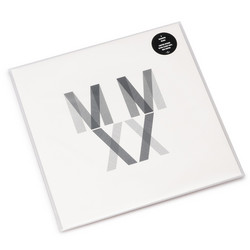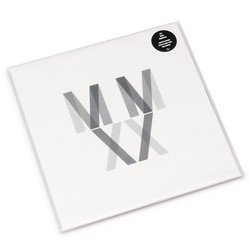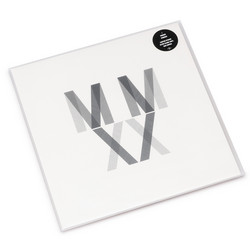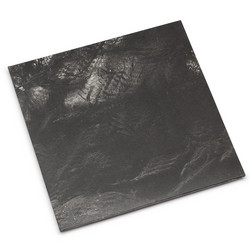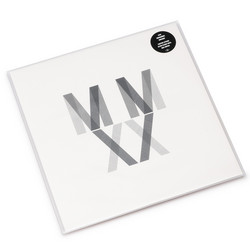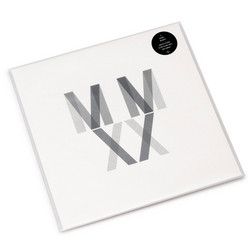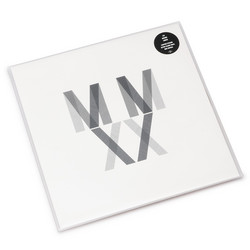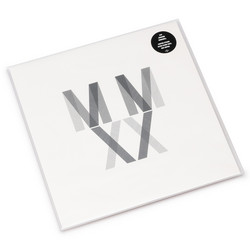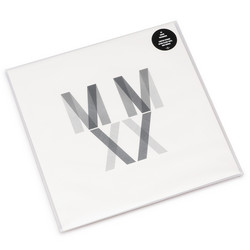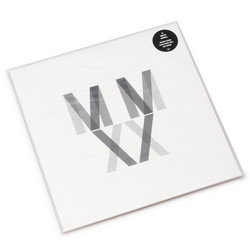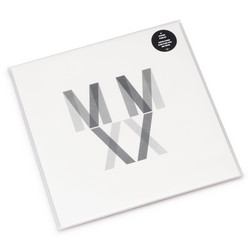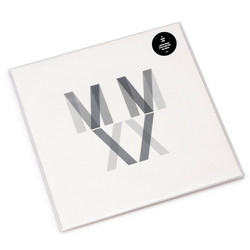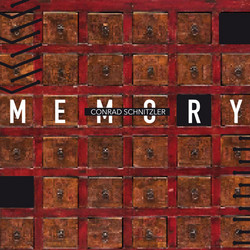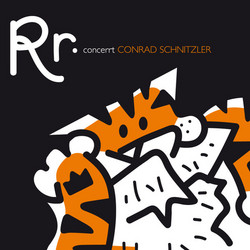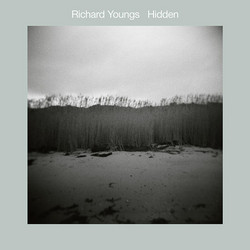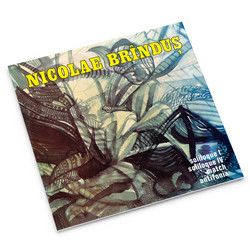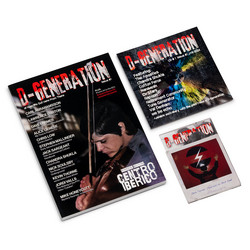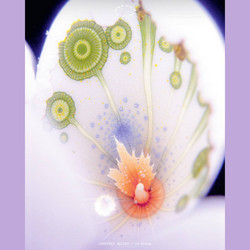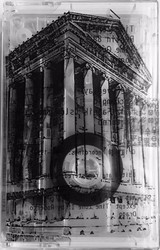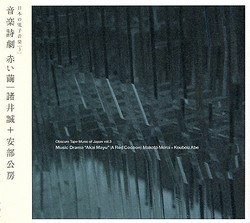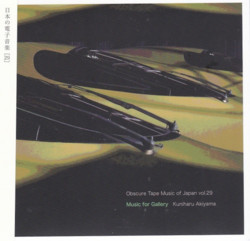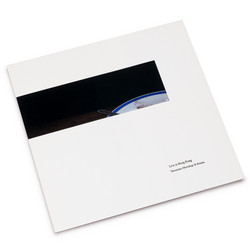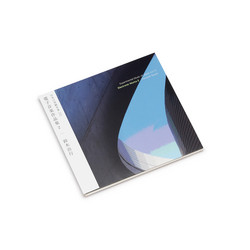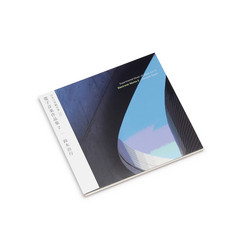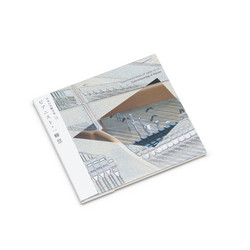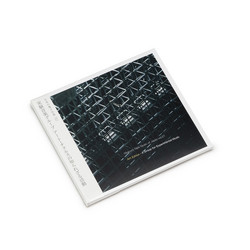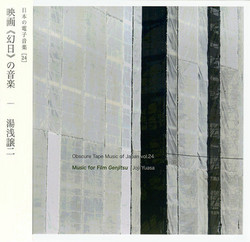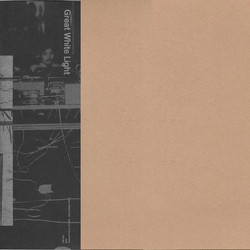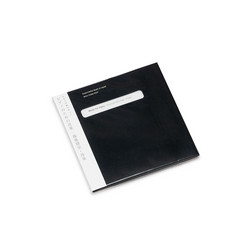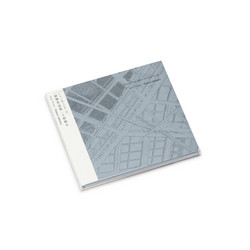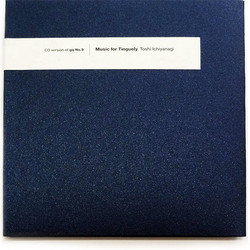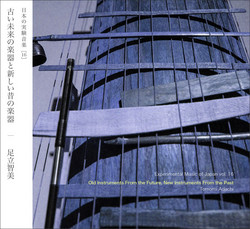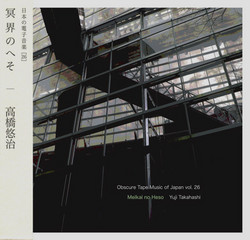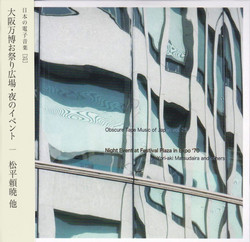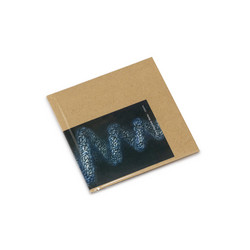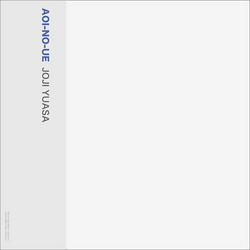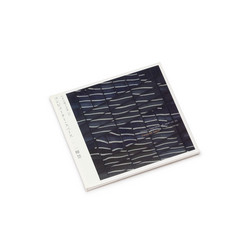Makoto Moroi
Kusabira. Obscure Tape Music of Japan vol. 13
Label: Edition Omega Point
Series: Obscure Tape Music Of Japan
Format: CD
Genre: Electronic
Out of stock
One of the pioneers of Japanese electronic music, Makoto Moroi, composed "Kusabira" for Kyogen (traditional comedy theater) with electronic sound in 1964. "Kusabira" means "mushroom." A strolling Buddhist monk, Yamabushi, tried to exterminate many mushrooms that grew in the garden of a man's home. However, his magic did not take effect on them but also the Mushrooms began to increase. The man and Yamabushi were driven out of the home by a large Mushroom, finally. In this work, Moroi used abstract electronic sounds, like on his earliest works, and he modulated Kyogen lines into concrete sound -- so noisy and strange in all of Moroi's electronic works. The second piece is "Sinfonia - Shin - For S.M." (1972). This is Moroi's most important work using Japanese traditional instruments. The origin of this work was based on Arving Toffler's 1970 book Future Shock, and it was composed as spacephonic music by a 4-channel recording system. This is committed work by the young genius player Susumu Miyashita, who plays various kinds of koto, gongs, percussion and Indian flute bansuries. The sharpness of the performance is so wonderful, and also some transformed human voices are inserted in the middle part of this work. Both of these two works together contrast "comedy" with "tragedy." This work was released on LP in 1973 (Victor).
This is the first time "Kusabira" has appeared on disc, and this is the first CD reissue of "Sinfonia-Shin-For S.M." Cardboard paper gatefold sleeve in its original design. Newly-written liner notes in Japanese by the artist, translated into English. Limited edition of 500 copies.

